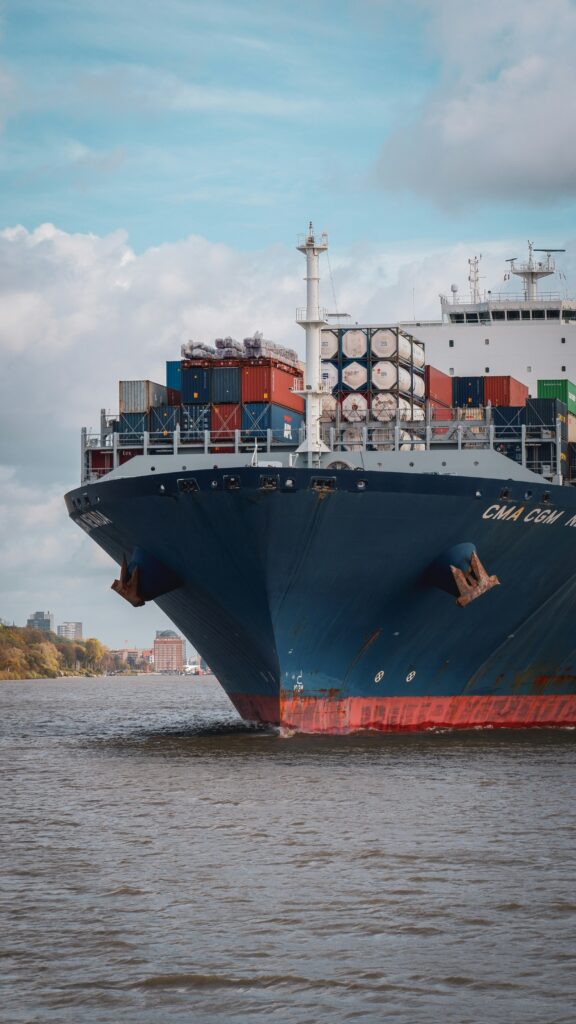Work package 5
Monitoring the impact of human activity on marine biodiversity and future ocean health
Image credit: Karim Iliya / Kogia
WP5 is central to understanding how marine biodiversity is impacted by human activity.
Here, we will identify, develop and apply new bioindicators that can help measure such impacts on biodiversity in the past and present, and project them into the future.
These bioindicators will be designed to cover the main facets of biodiversity – namely species, functional diversity, genetic and habitat diversity – both in space and time, and at both regional and global scales.
They will deal with the different compartments of marine ecosystems – from physics to biogeochemistry; plankton to microbes; meiofauna to nekton; and large migratory fish, to invasive species.
For example, bioindicators might include the abundance, size, structure and migration patterns of large sentinel fish species, or the trophic traits and genetic variability of pelagic and demersal exploited fish species. They might include the structure of plankton and benthic meiofaunal communities, the habitat of planktonic or nektonic species and communities, or the presence of invasive species.
We will use data produced by sequencing environmental DNA in samples across different spatio-temporal scales during the project building on WP1, but also extracted from existing databases on different facets of biodiversity and compartments, as well as generated by statistical and mechanistic modeling work at multiple scales.
The suite of regional and global models developed in WP5 will also be used to predict future biodiversity under different scenarios, such as climate change and changes in fishing pressure.

Overall, this WP seeks to:
Develop and apply
a portfolio of bioindicators to monitor marine biodiversity and ocean health
Create
a suite of high-resolution models to predict how biodiversity may change under different future scenarios, to inform future policy
Bruno Ernande
IFREMER, France
Tristan Cordier
NORCE Norwegian Research Centre AS, Norway
